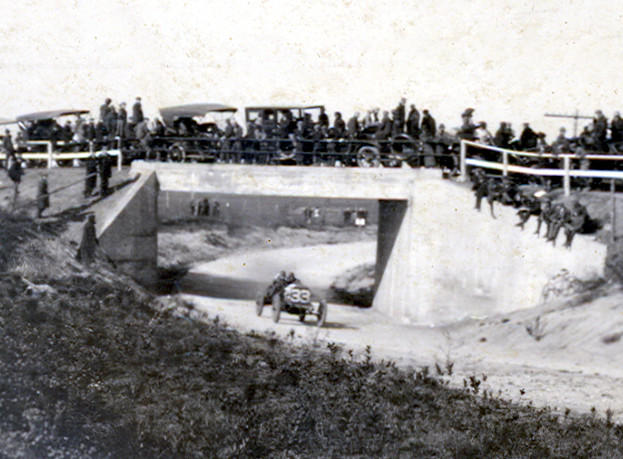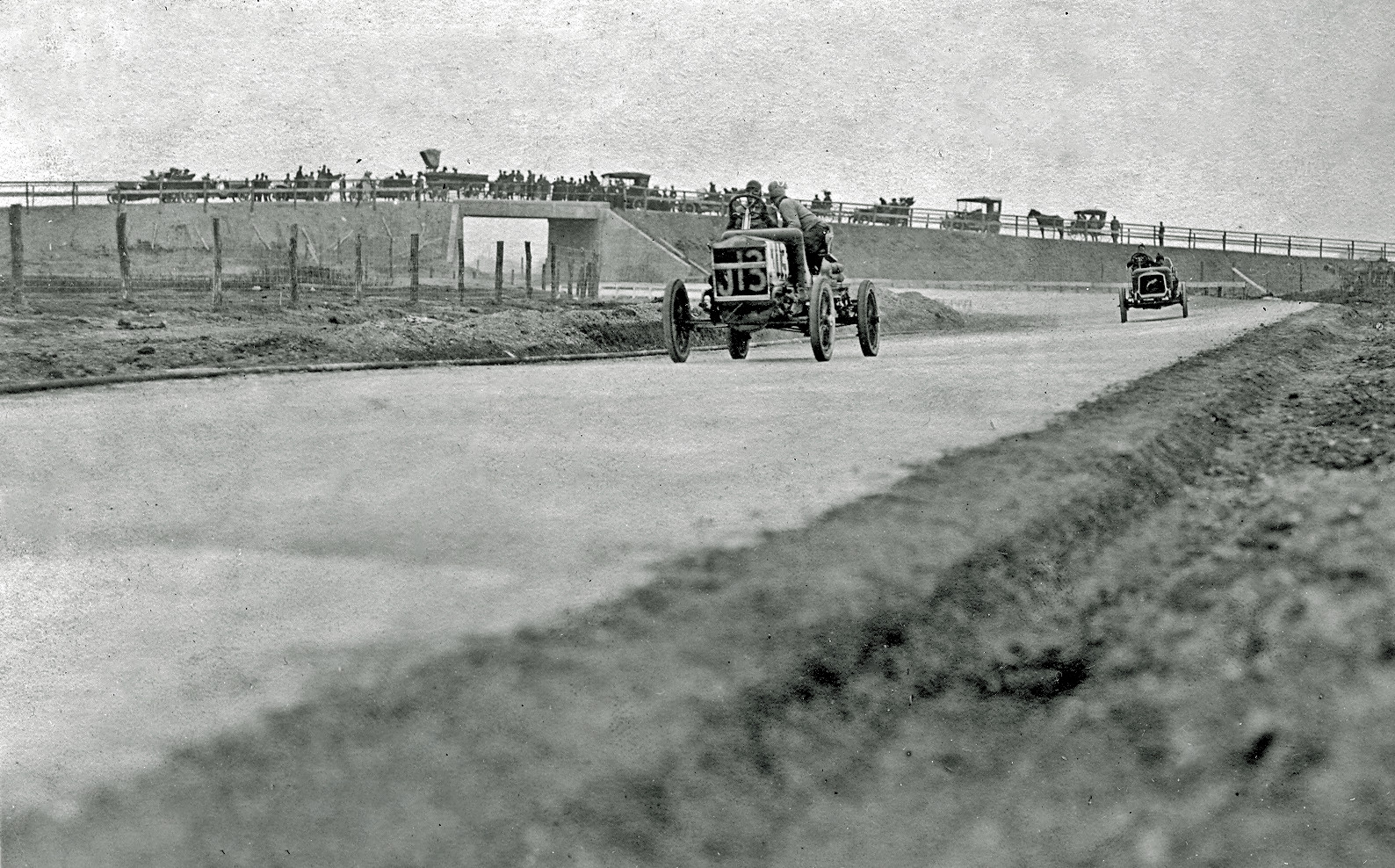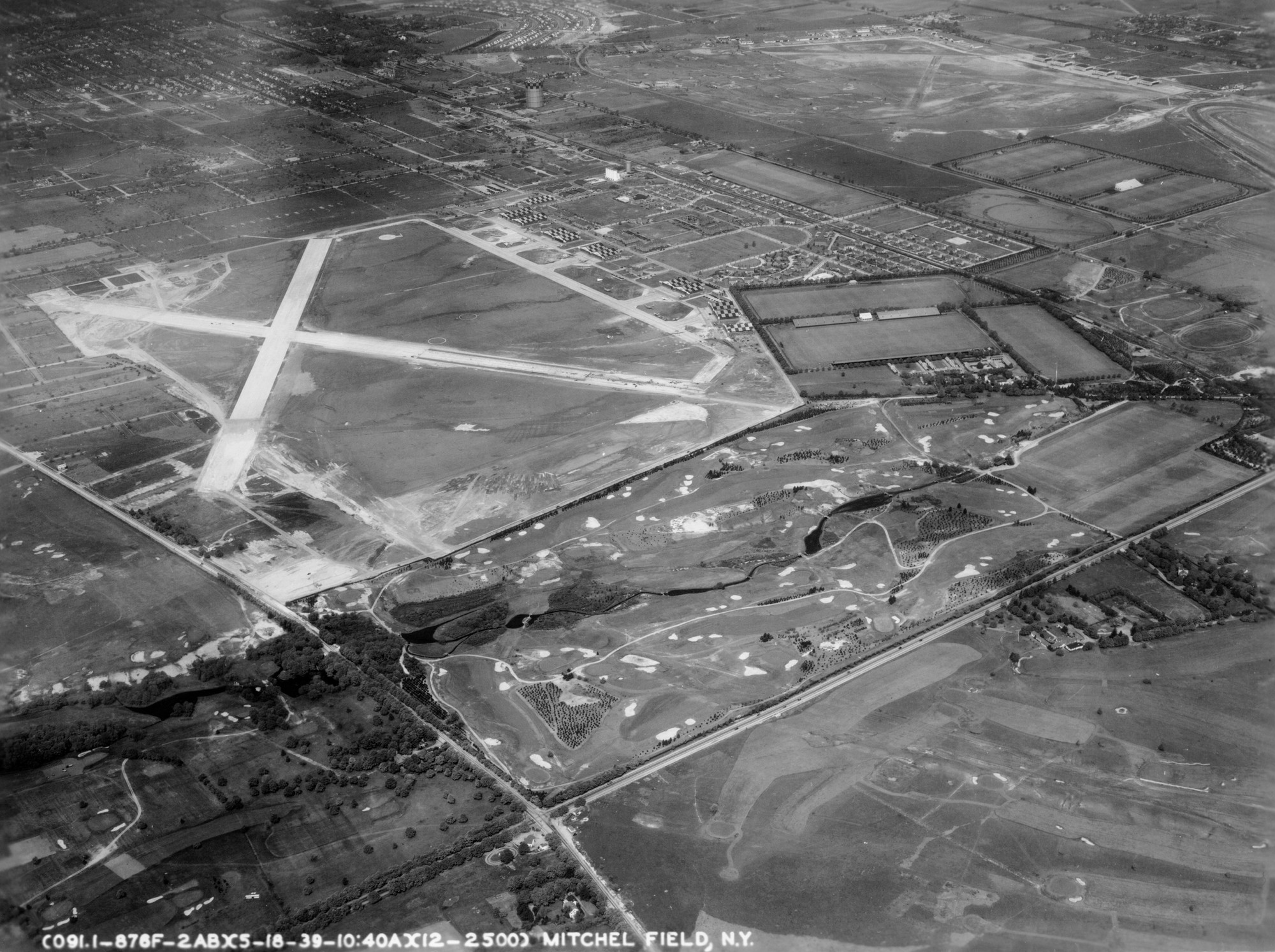Racing through the Island’s past
East Meadow native keeps Vanderbilt Cup races alive
Howard Kroplick, 66, was a student at East Meadow High School the first time he drove a car. It belonged to his parents, who let him drive his friends to a basketball game at the school.
Kroplick would go on to own several cars of his own years later, including the restored 1909 Alco-6 Black Beast Racer that won the 1909 and 1910 Vanderbilt Cup races of Long Island. He purchased the classic car in 2008, the same year he began building a website chronicling the history of the races — including how they impacted his hometown.
At the turn of the 20th century, the superiority of European automotive craftsmanship cast a long shadow over America’s fledgling car industry, Kroplick explained. To encourage American auto manufacturers to challenge European quality, he said, 26-year old William K. Vanderbilt Jr. — heir to a railroad fortune and a pioneer racecar driver — organized America’s first international road race.
The six Vanderbilt Cup races, which were held on Long Island from 1904 to 1910, were the greatest sporting events of their day, Kroplick said. When he learned several years ago that portions of Glen Cove Road, near his new home in East Hills, were part of the course for the 1905 and 1906 races, he paid a visit to the Suffolk County Vanderbilt Museum.
“I figured that I’d only be there for an hour, but then I found out it was a really big thing that had kind of been lost in Long Island’s history,” he said. “That one hour became several hundred hours of research.”
In March 2008, his daughter, Dana, helped him launch vanderbiltcupraces.com (click to access website) so he could share what he was learning about the races with fellow automotive enthusiasts. The focus of his research and the content on the website soon expanded, however, as he discovered the relationship between the races and the development of the Long Island Motor Parkway.

 39.0°,
Fair
39.0°,
Fair 











